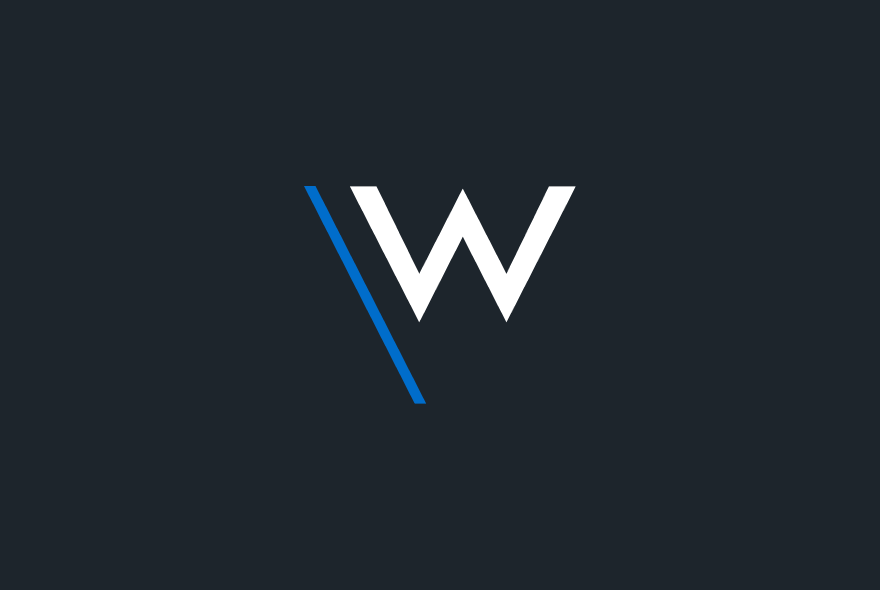Stay service-savvy
Get all the latest news and insights straight to your inbox.

TLDR; Flexible connectivity is the foundation for every Metaverse application in the future
The metaverse as a term came to prominence (at least in the sci-fi community) in the early 80’s when Neal Stephenson released his novel “Snow Crash. This presented a massive shared virtual world and the often cited first use of “avatars” to depict yourself in this vast space. (Stephenson’s since said that he’s found earlier uses of avatar and metaverse).
With earlier attempts faltering (e.g., Second Life), now there’s serious signs of the metaverse becoming more mainstream. Partly driven by the gaming worlds of Minecraft, Roblox and Fortnite and popularised earlier in the 2018 film Ready Player One (based on the even earlier 2011 novel). Virtual versions of landscapes are appearing in Decentraland. Facebook’s rebranding to Meta has also given it higher prominence, alongside Microsoft also upping its investment in the area and even incorporated avatars and VR into Teams.
With the Metaverse having a forecast market value of over $820 billion by 2030, for the Flex space sector there are a few examples use cases for the Metaverse that leap out.
Recreating your buildings and spaces in the metaverse space could provide a seamless way to carry your community from the physical to the virtual. Cross-continent meeting rooms gives organisations with global teams an effortless way to get-together in spaces that have a strong degree of familiarity. Imagine visitors to your building already knowing their way around, as they’ve already worked there in the Metaverse.
Working in VR may provide opportunities for teams to work and deliver projects together moving away from the ‘flatland’ of video conferencing with a more memorable experience. Less tiring and more immersive.
Shared learning with immersive experiences that deliver training much quicker are key Metaverse benefits. Global onboarding, safety and sales training are all relevant. With VR training, the opportunity to show rather than tell becomes real, with shared experiences using 3d models rather than a flat slide deck.
For all the exciting potential, there’s a not a ‘single’ platform for the Metaverse.
Software and hardware aren’t standardised and even the aimed for transferable ‘Avatar’ across ‘verses haven’t yet been realised. Once this starts to be overcome, there will likely be a big turning point.
For Wavenet Connected, we know that everything around the Metaverse will still require one thing.
Superfast, Quality, Reliable Connectivity – whether it’s delivered via Wi-Fi, Fibre or mobile.
We transform buildings ready for the future, cabling high-capacity fibre circuits, designing seamless Wi-Fi throughout, and installing mobile masts for strong 4G & 5G coverage in every space.
With the exponential growth of data that the Metaverse will bring, scalability and security of networks will become more important, so increasing the need for our dark fibre point-to-point options supplying bandwidths of 250gbps or even limitless capacity.
Building on this, we’re adding a centralised platform that can integrate systems and be flexible to adapt to the changing reality of the Metaverse, a true gateway to the services your building needs.
Then fully understanding data flows through smart technologies & IOT solutions for wellness, space utilisation and environmental monitoring allows you to have the framework for the creating your Metaverse opportunity.
Our approach means that buildings are ready to deliver the Metaverse to organisations within your spaces, no matter the platform.
Discuss future proofing your buildings for the Metaverse with Wavenet Connected.
Call the team on 0203 836 8884 or find out more about our solutions.
Wavenet Connected is a specialist division of the Wavenet and the 1st choice provider of managed office IT and connectivity for the flex space sector across the UK. Building on a strong legacy of over 15 years supporting commercial real estate landlords, Wavenet Connected serves more than 6,500 organisations and 30,000 end users across seven million square foot of office space.
Networking & Connectivity, Fibre Ethernet, 5G, metaverse, landlords, real estate, Connected
Get all the latest news and insights straight to your inbox.